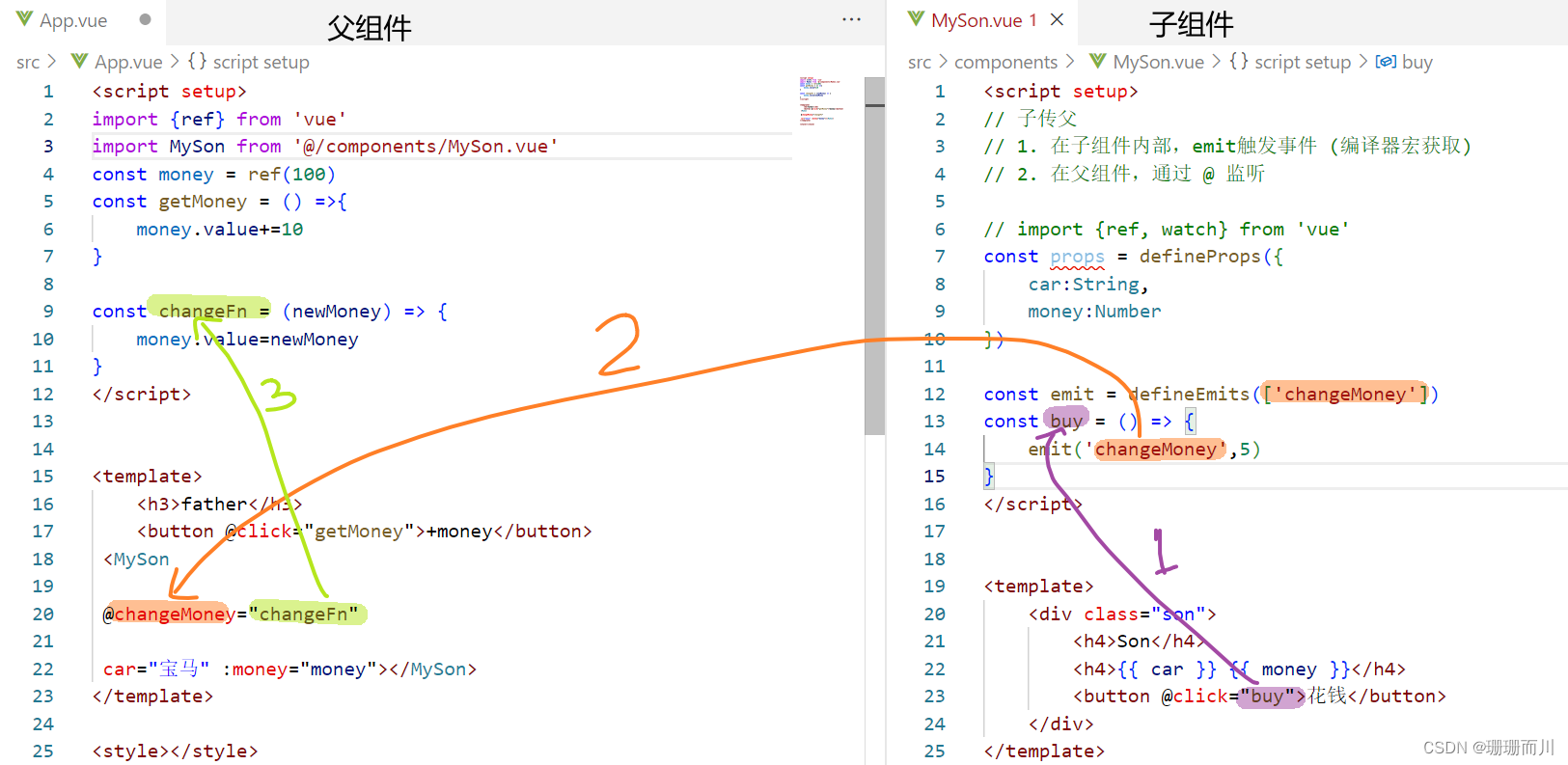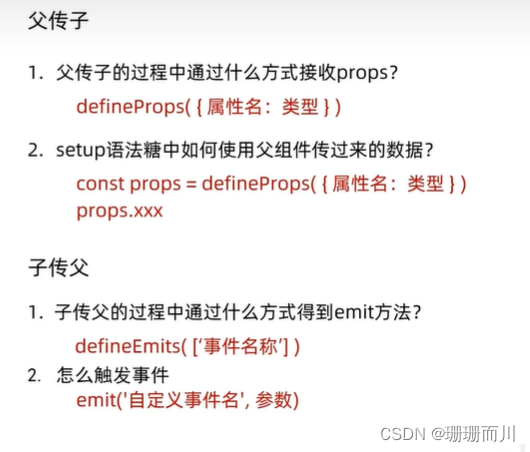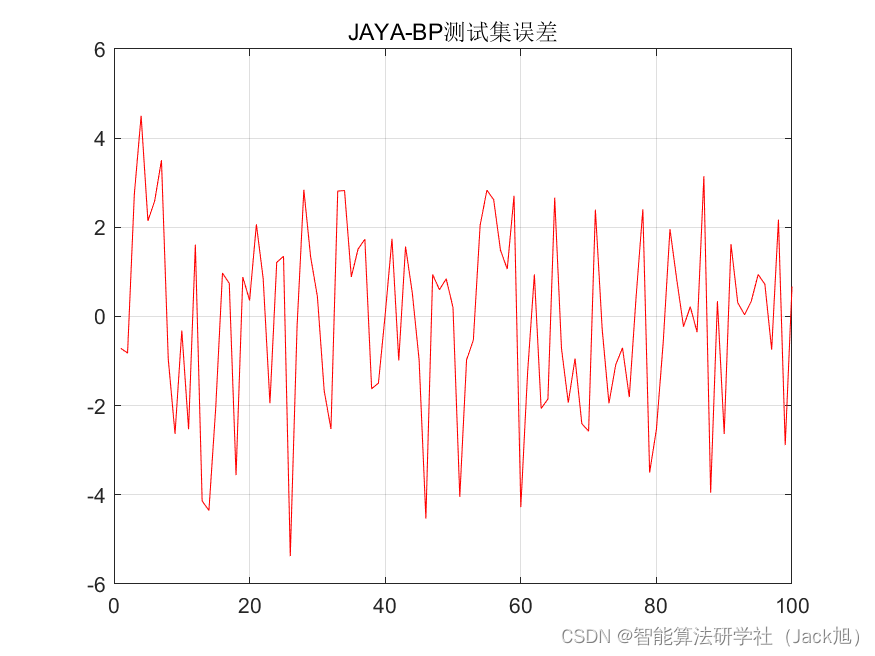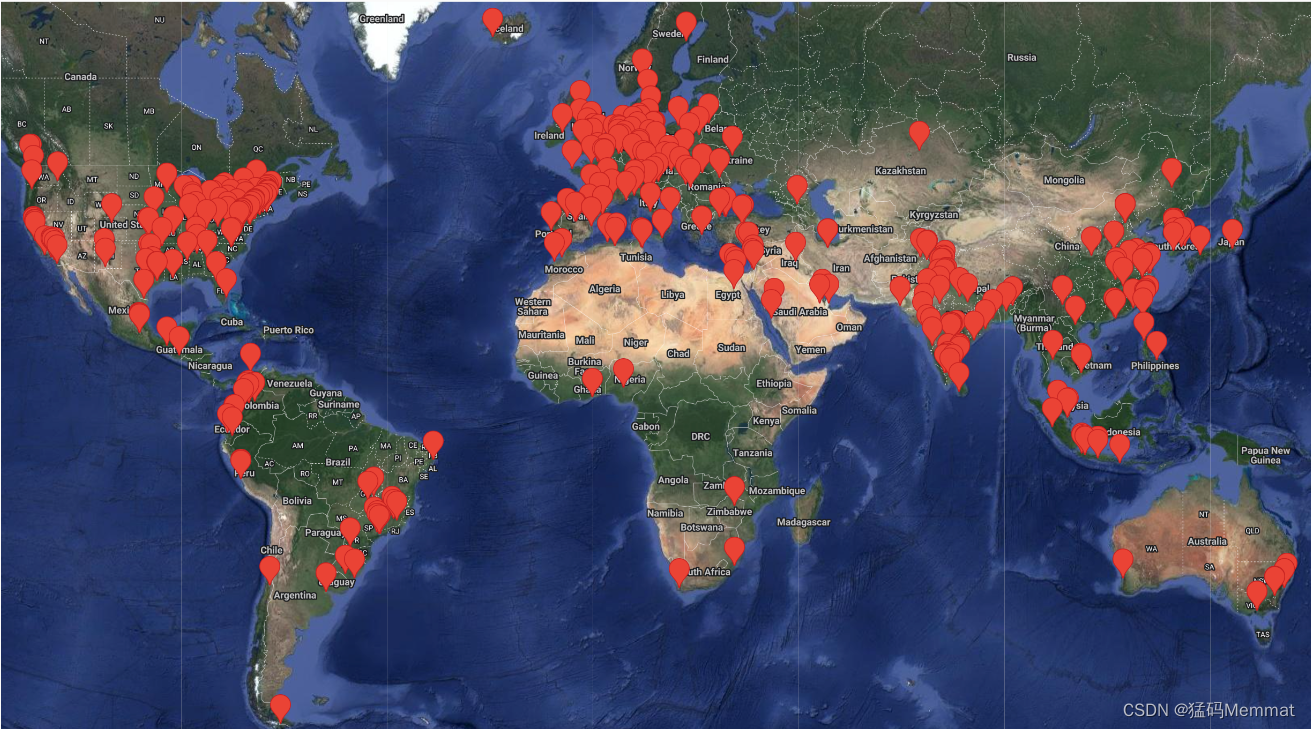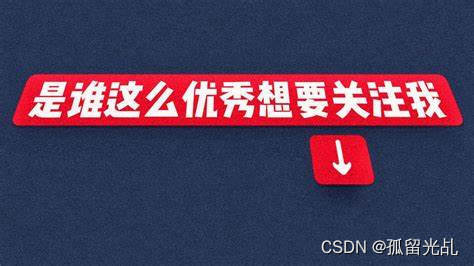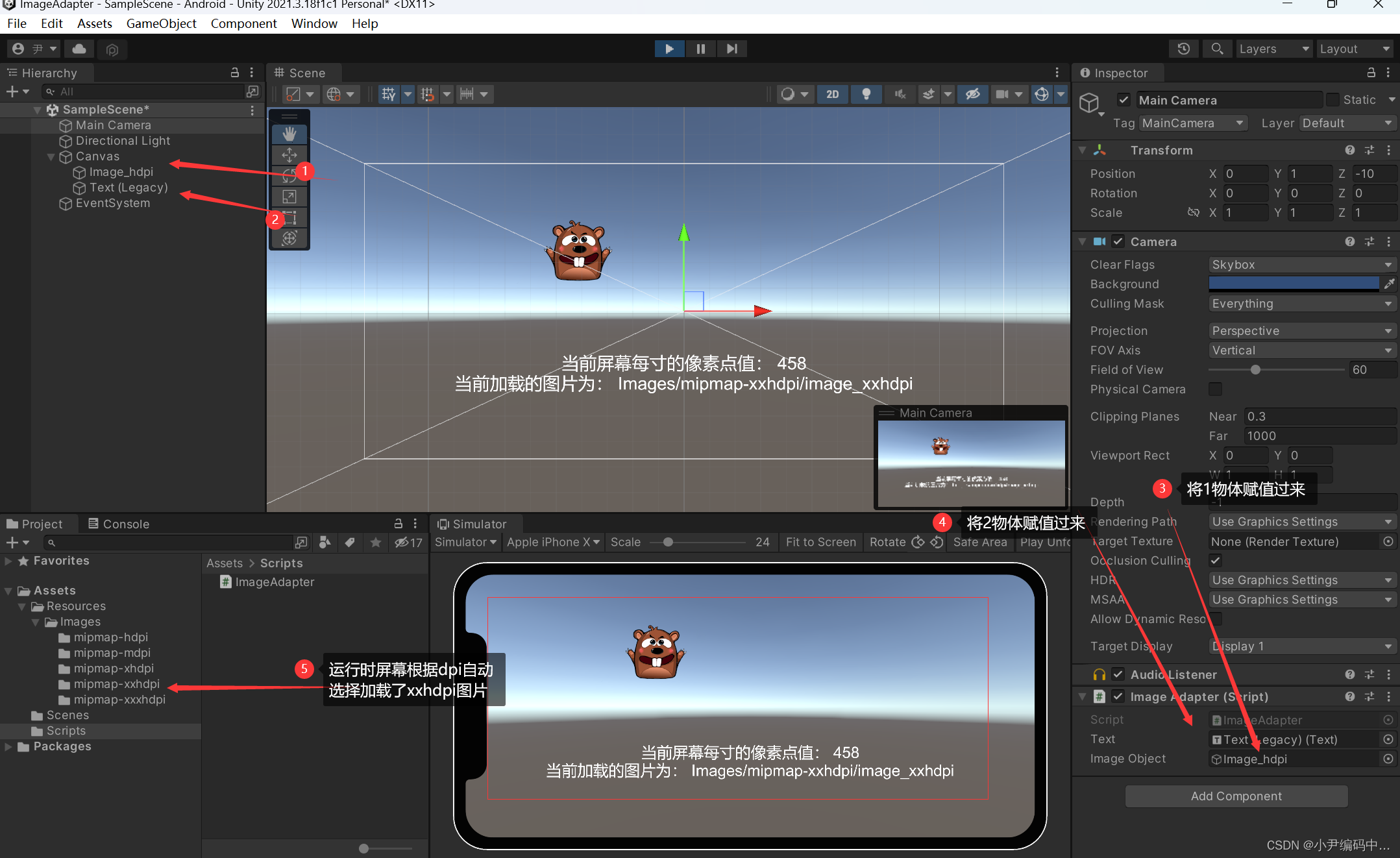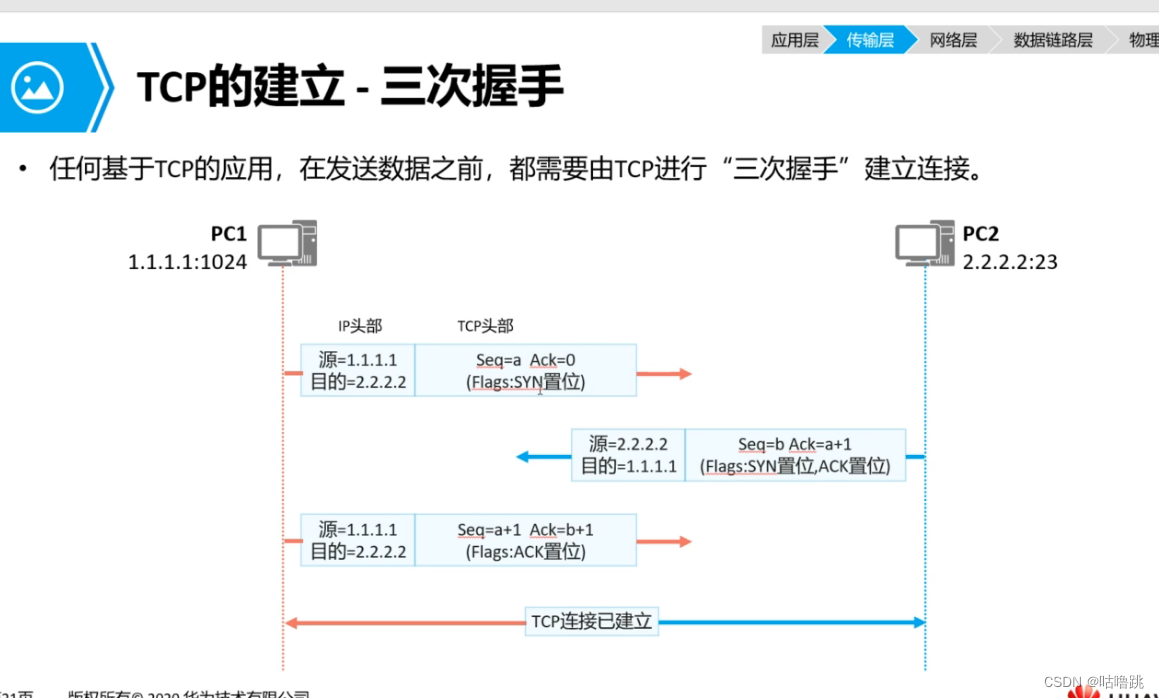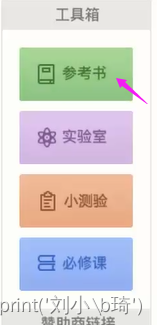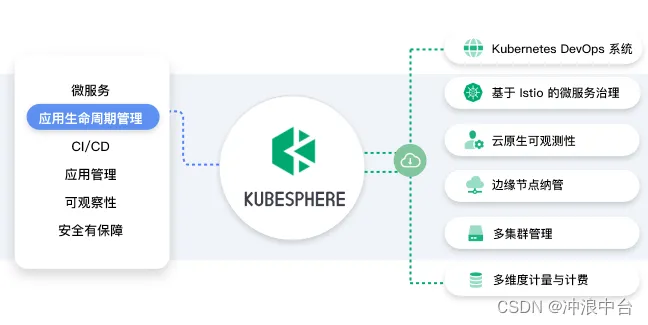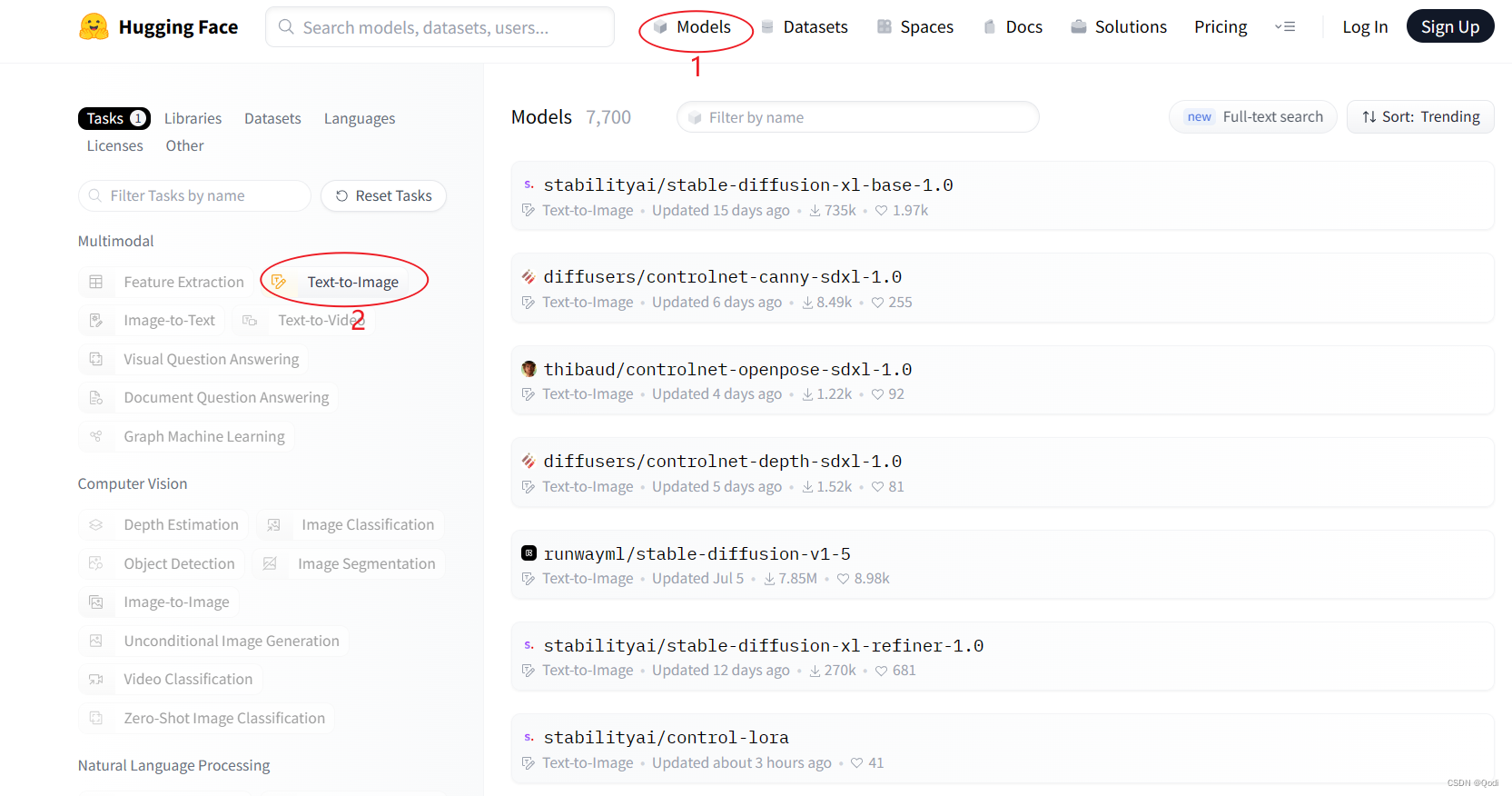Vue3的优势


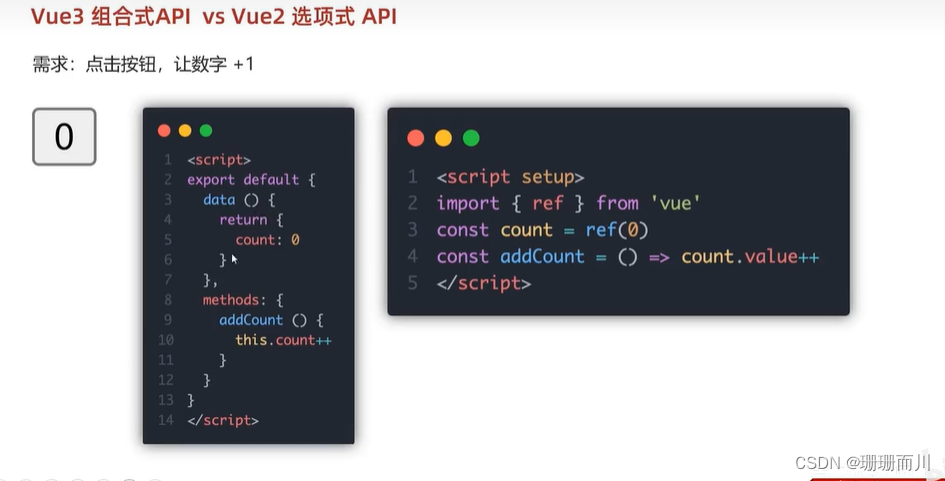
create-vue搭建Vue3项目
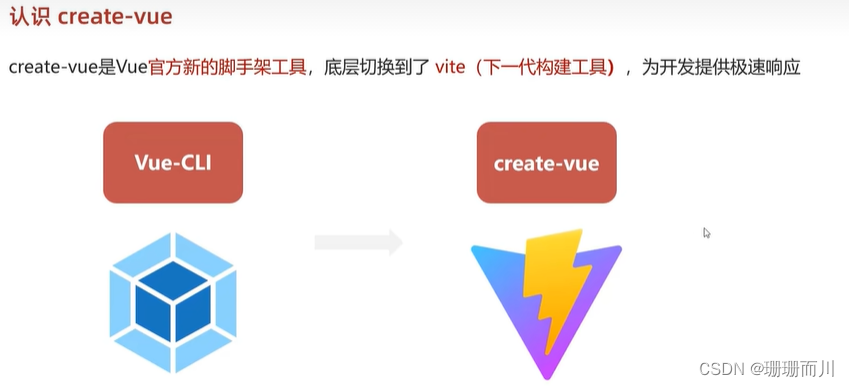
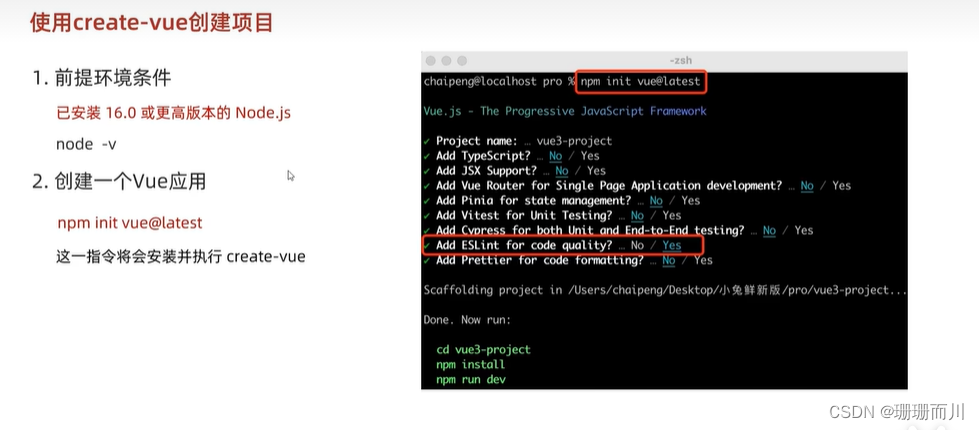
node -v
npm init vue@latest
npm install
Vue3项目目录和关键文件
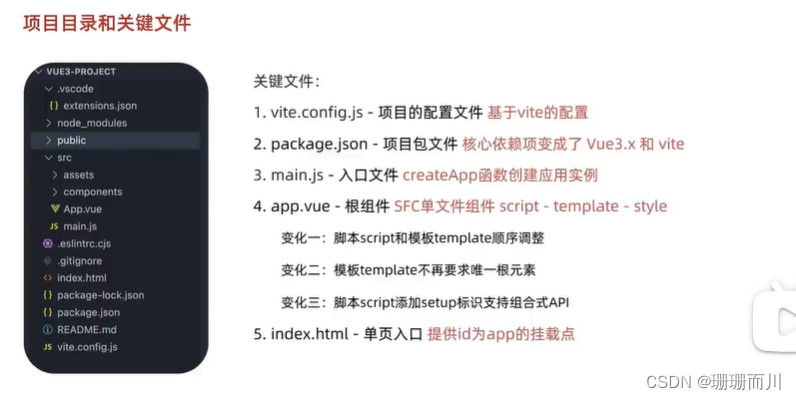
Vetur插件是Vue2的
Volarr插件是Vue3的
main.js
import './assets/main.css'
// new Vue() 创建一个应用实例 => createApp()
// createRouter() createStore()
// 将创建实例进行了封装,保证每个实例的独立封闭性
import { createApp } from 'vue'
import App from './App.vue'
// createApp(App) 创建实例
// mount设置挂载点 #app(id为app的盒子)
createApp(App).mount('#app')
App.vue
<!-- 加上setup就允许在script中直接编写组合式API -->
<script setup>
import HelloWorld from './components/HelloWorld.vue'
import TheWelcome from './components/TheWelcome.vue'
</script>
<template>
<!-- 不再要求唯一根元素 -->
<header>
<img alt="Vue logo" class="logo" src="./assets/logo.svg" width="125" height="125" />
<div class="wrapper">
<HelloWorld msg="You did it!" />
</div>
</header>
<main>
<!-- 组件不用注册,就可以直接用 -->
<TheWelcome />
</main>
</template>
<style scoped>
</style>
组合式API - setup选项
setup执行时机
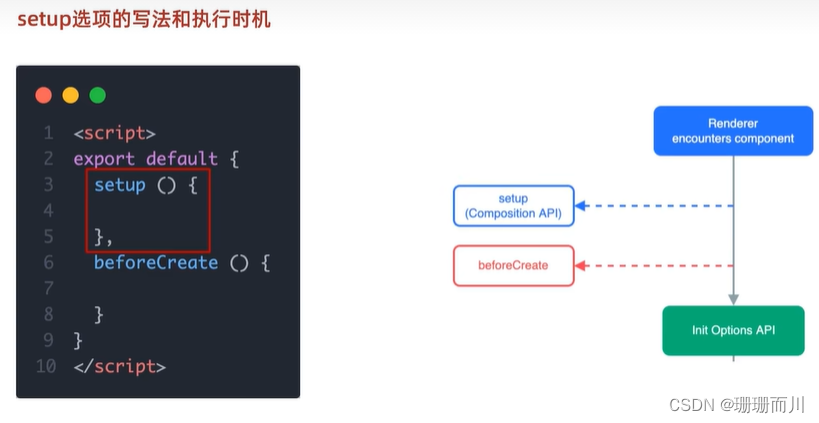 执行时机,比beforeCreate更早,
执行时机,比beforeCreate更早,
所以,获取不到this(this是undefined
setup写法
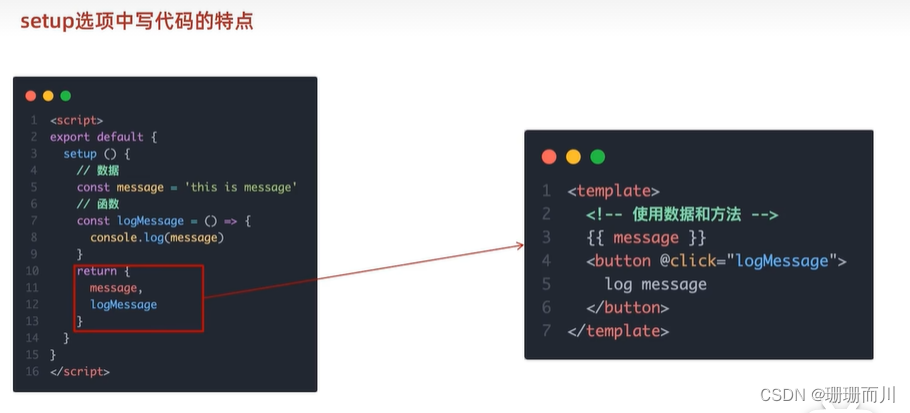
数据和函数 需要在setup最后return 才能在模板中应用
简便写法:通过setup 语法糖

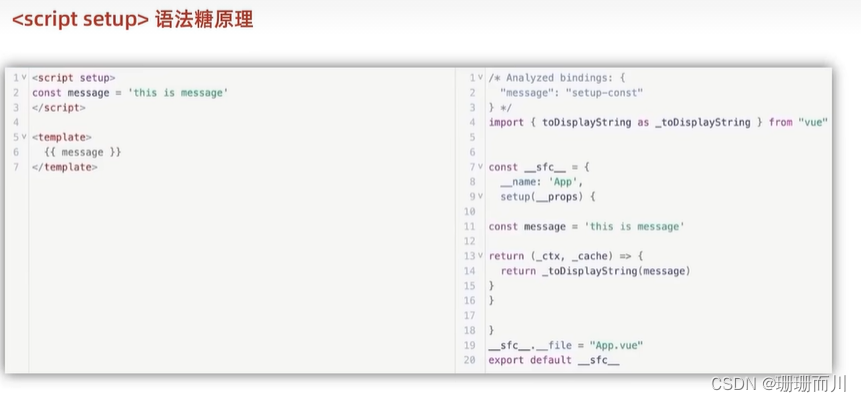
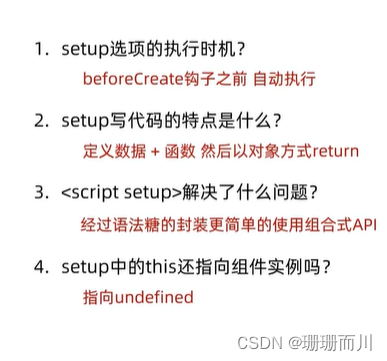
组合式API - reactive 和 ref 函数
reactive
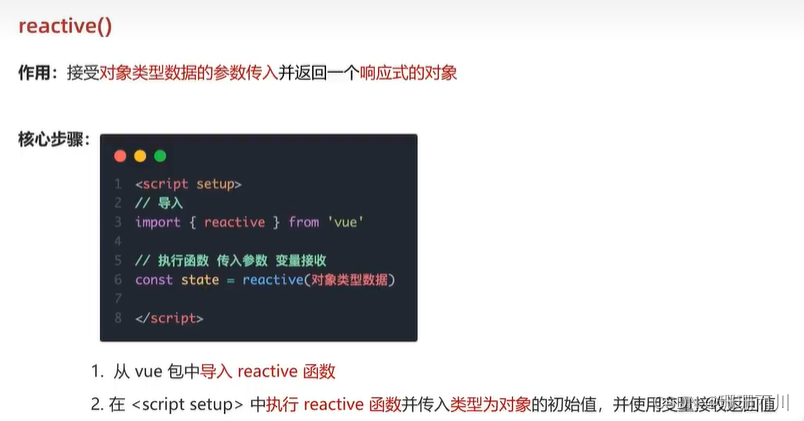
App.vue
<script setup>
import {reactive} from 'vue'
const state=reactive({
count:100
})
const setCount= ()=>{
state.count++
}
</script>
<template>
<div>{{ state.count }}</div>
<button @click="setCount">+1</button>
</template>
<style></style>
ref
 本质:在原有传入数据基础上,外层包含了一层对象,包成了复杂类型,底层包成复杂类型之后,再借助reactive 实现响应式,所以,
本质:在原有传入数据基础上,外层包含了一层对象,包成了复杂类型,底层包成复杂类型之后,再借助reactive 实现响应式,所以,
脚本中访问数据,需要通过 .value
在template中, .vue不需要加(帮我们扒了一层)
所以
推荐以后声明数据,统一用ref => 统一编码规范
App.vue
<script setup>
import {ref} from 'vue'
const count = ref(0)
const obj = ref({
age:18,
name:'slx'
})
console.log(obj.value);
console.log(obj.value.age);
// console.log(count.value)
const countChange = () => {
// count本质上是对象,所以要count.value++ 不是count++
count.value++
}
</script>
<template>
<div>{{ count }}</div>
<button @click="countChange">+1</button>
</template>
<style></style>
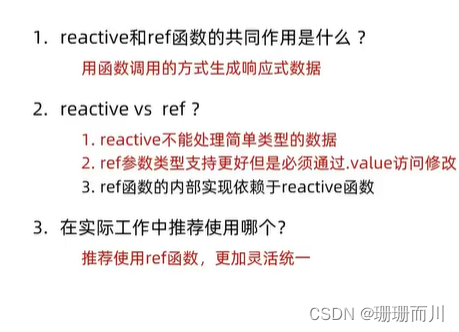
什么是响应式数据,有什么作用
响应式数据是指在数据发生变化时,相关的视图能够自动更新的数据。在 Vue 中,通过将数据转换为响应式对象,当数据发生变化时,Vue 会自动追踪这些变化,并通知相关的视图进行更新。
响应式数据的作用是使开发者能够以声明式的方式编写代码,而不需要手动操作 DOM 或追踪数据变化。它提供了一种简单且高效的方式来维护数据和视图之间的关系,使开发者能够专注于业务逻辑而不是手动的视图更新。
通过响应式数据,当数据发生变化时,相关的视图会自动更新,保持数据和视图的同步。这大大简化了开发过程,提高了代码的可维护性和可读性。
响应式数据在 Vue 中是核心概念之一,它使得开发者能够构建动态、交互式和响应式的应用程序。
在 Vue 2 和 Vue 3 中,响应式数据的处理有什么区别
在 Vue 2 中,使用 data 选项来声明响应式数据,Vue 会将这些数据转换为响应式的对象。当数据发生变化时,Vue 会自动更新相关的视图。
在 Vue 3 中,使用 ref 和 reactive 函数来声明响应式数据。
组合式API - computed
 App.vue
App.vue
<script setup>
import { computed,ref } from 'vue'
const list = ref(
[1,2,3,4,5,6,7,8,9]
)
// 基于list派生一个计算属性,从list中过滤
const computerList = computed(() => {
return list.value.filter((item) => item%2===0)
})
// 定义一个修改数组的方法
const addFn = () =>{
list.value.push(666)
}
</script>
<template>
<div>{{ list }}</div>
<div>{{ computerList }}</div>
<button @click="addFn">+666</button>
</template>
<style></style>
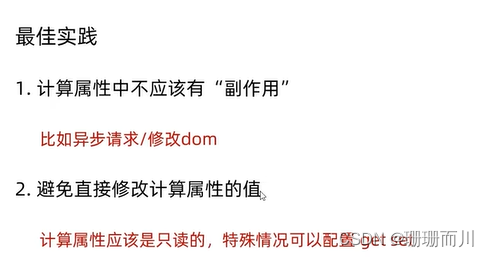 全选反选可以用get,set
全选反选可以用get,set
组合式API - watch
侦听单个数据
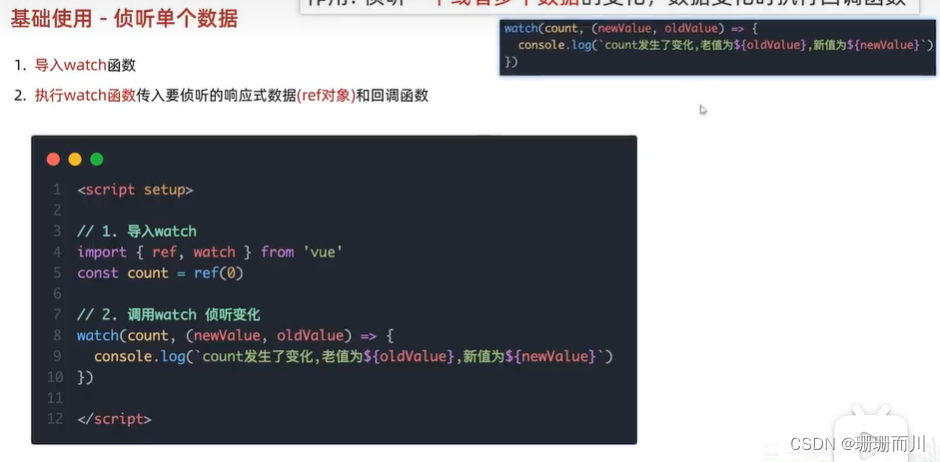
侦听多个数据
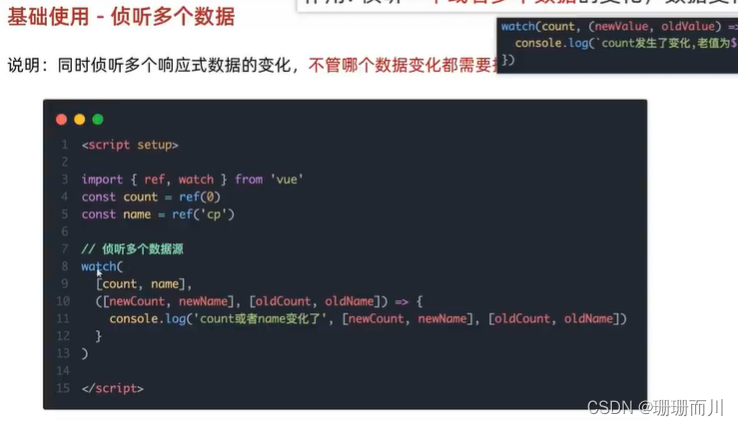
<script setup>
import {ref, watch} from 'vue'
const count = ref(0)
const nickname = ref('slx')
const changeCount = () => {
count.value++
}
const changeName = () => {
nickname.value='hhhhh'
}
// 1.监视单个数据变化
// watch(ref对象,(newValue,oldValue) => { ... } )
// 直接传对象,所以就不要count.value
// watch(count,(newValue, oldValue)=> {
// console.log(newValue, oldValue);
// })
// 2.监视多个数据变化
// watch([ref对象1,ref对象2], (newArr,oldArr) => { ... } )
// 直接传对象,所以就不要count.value
// watch([count,nickname],(newArr, oldArr)=> {
// console.log(newArr, oldArr);
// })
</script>
<template>
<div>{{ count }}</div>
<button @click="changeCount">change-count</button>
<div>{{ nickname }}</div>
<button @click="changeName">change-Name</button>
</template>
<style></style>
配置项

<script setup>
import {ref, watch} from 'vue'
const count = ref(0)
const nickname = ref('slx')
const changeCount = () => {
count.value++
}
const changeName = () => {
nickname.value='hhhhh'
}
// 添加额外配置项
// 3.immediate 立刻执行
watch(count,(newValue, oldValue)=> {
console.log(newValue, oldValue)
},{
immediate:true,
deep:true
})
const userInfo = ref({
name:'ssss',
age:12
})
const setUserInfo = () => {
// 修改userInfo.value ,修改对象的地址,才能监视到,浅层监视
// userInfo.value={name:'qqqq',age:10}
userInfo.value.age++
}
// 4.deep 深度监视,默认watch进行的是 浅层监视
// const ref1 = ref(简单类型) 可以直接监视
// const ref1 = ref(复杂类型) 监视不到复杂类型内部数据的变化
watch(userInfo,(newValue)=> {
console.log(newValue)
},{
deep:true
})
</script>
<template>
<div>{{ userInfo }}</div>
<button @click="setUserInfo">change-userInfo</button>
<div>{{ count }}</div>
<button @click="changeCount">change-count</button>
<div>{{ nickname }}</div>
<button @click="changeName">change-Name</button>
</template>
<style></style>
精确监听对象的某个属性变化
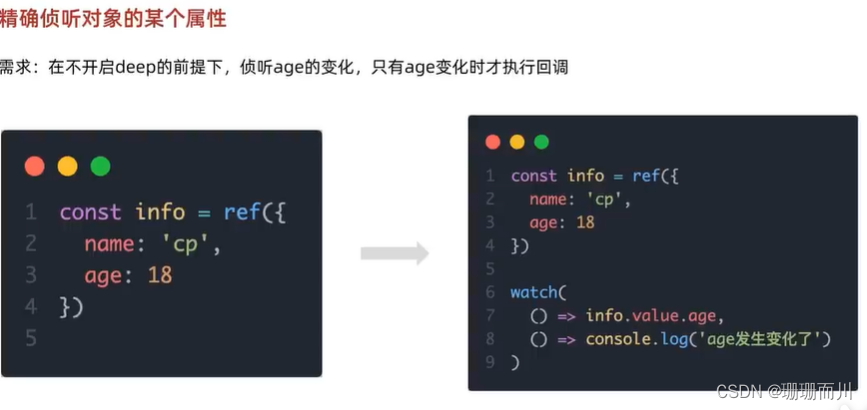
<script setup>
import {ref, watch} from 'vue'
const count = ref(0)
const nickname = ref('slx')
const changeCount = () => {
count.value++
}
const changeName = () => {
nickname.value='hhhhh'
}
const userInfo = ref({
name:'ssss',
age:12
})
const setUserInfo = () => {
// 修改userInfo.value ,修改对象的地址,才能监视到,浅层监视
// userInfo.value={name:'qqqq',age:10}
userInfo.value.age++
}
// 5.精确监视,某一属性
watch(() => userInfo.value.age,(newValue, oldValue) => {
console.log('5555', newValue, oldValue);
})
</script>
<template>
<div>{{ userInfo }}</div>
<button @click="setUserInfo">change-userInfo</button>
<div>{{ count }}</div>
<button @click="changeCount">change-count</button>
<div>{{ nickname }}</div>
<button @click="changeName">change-Name</button>
</template>
<style></style>
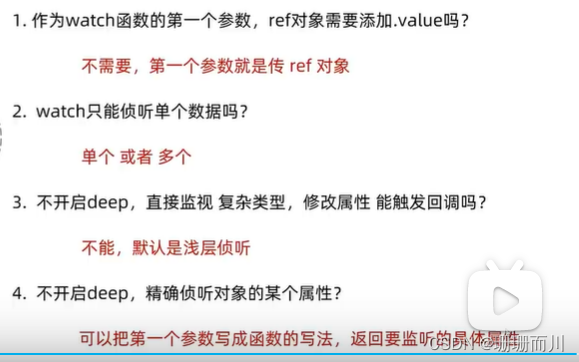
组合式API - 生命周期函数
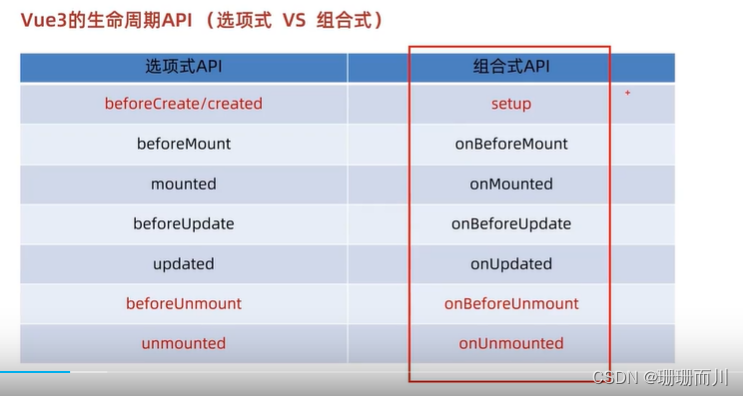
<script setup>
import { onMounted } from 'vue';
// beforeCreate 和 created 的相关代码
// 一律放在 setup 中执行
const getList = () => {
setTimeout(() => {
console.log('发送请求,获取数据')
}, 2000)
}
// 一进入页面的请求
getList()
// 如果有些代码需要在mounted生命周期中执行
onMounted(() => {
console.log('mounted生命周期函数 - 逻辑1')
})
// 写成函数的调用方式,可以调用多次,并不会冲突,而是按照顺序依次执行
onMounted(() => {
console.log('mounted生命周期函数 - 逻辑2')
})
</script>
<template>
<div></div>
</template>
组合式API - 父子通信
父传子

App.vue
// 父传子
// 1. 给子组件,添加属性的方式传值
// 2. 在子组件,通过props接收
<script setup>
import {ref} from 'vue'
import MySon from '@/components/MySon.vue'
const money = ref(100)
const getMoney = () =>{
money.value+=10
}
</script>
<template>
<h3>father</h3>
<button @click="getMoney">+money</button>
<MySon car="宝马" :money="money"></MySon>
</template>
<style></style>
MySon.vue
<script setup>
// 由于写了setup 所以无法直接配置props选项
// 所以要借助“编译器宏”函数接受子组件传递的数据
// import {ref, watch} from 'vue'
const props = defineProps({
car:String,
money:Number
})
</script>
<template>
<div class="son">
<h4>Son</h4>
<h4>{{ car }} {{ money }}</h4>
</div>
</template>
<style>
.son{
width: 200px;
height: 200px;
background-color: #b17b7b;
}
</style>

## 子传父
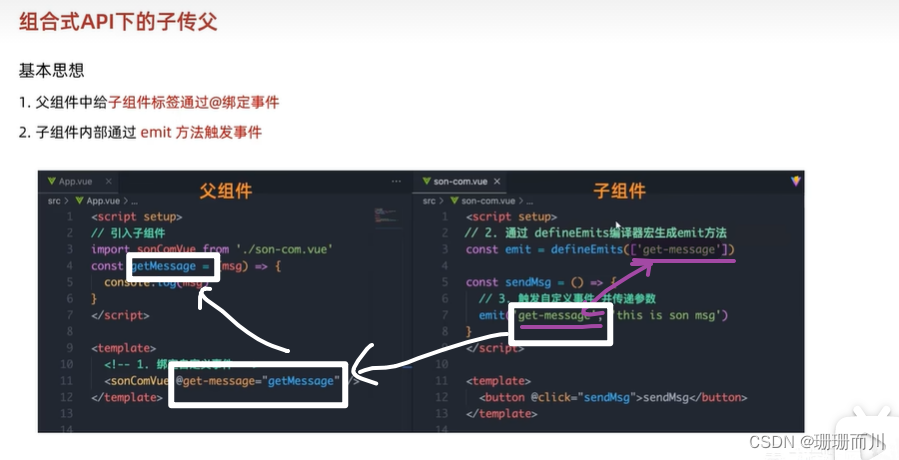
App.vue
<script setup>
import {ref} from 'vue'
import MySon from '@/components/MySon.vue'
const money = ref(100)
const getMoney = () =>{
money.value+=10
}
const changeFn = (newMoney) => {
money.value=newMoney
}
</script>
<template>
<h3>father</h3>
<button @click="getMoney">+money</button>
<MySon
@changeMoney="changeFn"
car="宝马" :money="money"></MySon>
</template>
<style></style>
MySon.vue
<script setup>
// 子传父
// 1. 在子组件内部,emit触发事件 (编译器宏获取)
// 2. 在父组件,通过 @ 监听
// import {ref, watch} from 'vue'
const props = defineProps({
car:String,
money:Number
})
const emit = defineEmits(['changeMoney'])
const buy = () => {
emit('changeMoney',5)
}
</script>
<template>
<div class="son">
<h4>Son</h4>
<h4>{{ car }} {{ money }}</h4>
<button @click="buy">花钱</button>
</div>
</template>
<style>
.son{
width: 200px;
height: 200px;
background-color: #b17b7b;
}
</style>
